Take another look at the 7th tranche of the Discovery Documents. See anything interesting?













What this reveals is that Chris Watts actually confessed to his father first, but not before being mindfucked by the CBI for 5-6 hours. I’m not saying the mindfuckery wasn’t sterling interrogation, it was. The officer got what he wanted. And he used Watts relationship with his father to get to the other face of Chris Watts [which is also highlighted at least twice in this section].
I recently posted a blog about folks in true crime being either dwarves or elves. It’s a matter of perception, isn’t it? It’s the ability to study a suspect, or a pile of documents and be able to see what matters, what stands out through a meticulous [some might say tedious] process of questioning, filtering, prioritizing, sorting, separating, labeling and integrating information.
Some have a head for interrogating suspects. They’re one step ahead of the criminal, and they can think on their feet. It’s not easy to be one-step-ahead when in reality, the criminal was there, and he is holding all the cards. So technically, he’s always going to be the mastermind.
In the same way that not every civilian has the stamina to stand in a room and question a suspect for hours on end, without getting lost, not everyone can sit with a page of numbers and spend all day looking at them and making sense of the numbers on a balance sheet. I can’t. I find accounting mindlessly dull.
The number crunchers often find true crime analysis similarly dull. The one deals with numbers, the other deals with semantics. A decent interrogator is dealing with semantics, psychology and some of the forensic facts.
What we see above is the art of seeing meaning and significance in words and how they are arranged in a particular context. It’s the auditing not of financial statements but criminal statements, and trying to fathom the truth of it [just as an accountant assesses the financial integrity of an individual or business]. And then it’s also using psychological means to push the suspect where he wants to go.
Breaking down a mountain of documents takes time and constant, consistent concentration, but even the sharpest blade isn’t enough.
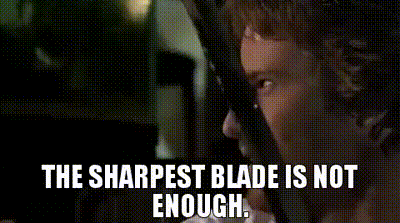
It’s not just cutting down the true crime evidence mountain down to size, slicing it into ever smaller, digestible chunks. All of it has to be reassembled again into two new mountains: the mountain of what really happened and the rubble of nonsense, deceit and dead-ends. Or in the modern parlance – setting up the authentic narrative out of an inauthentic one.
As much as the interrogator here has to be commended for breaking Watts and getting him to confess to his father, it was only a partial confession, and let’s face it, law enforcement still don’t know when or how the crime actually happened.
There are very, very few who can analyze the true crime regolith and then recreate from the dust – refashion as it were – the original reality, the original sculpture of truth that was always there but covered, muddied, concealed by smears of paint and smoke and debris in order to conceal, bury and deceive.
Lawyers are supposed to do this in a court of law, but while they’re good at analysis, many aren’t very good storytellers. They’re not visionaries. They can tell you what didn’t happen. They’re very good at attacking and breaking down someone else’s story. They’re shit at joining the dots and coming up a scenario. Often it’s left to a judge, or the minds of a jury, to come up with that part, and if they fail, the narrative fails and the criminal walks.
To come up with the authentic narrative requires both a breaking down kind of thinking and a visionary creative mindset to do this. Analogous to this is the sport of triathlon. Most people are either runners or swimmers, you very rarely get both. People are simply wired one way, that’s how it is. But when someone comes along who is wired differently, you start to see reality peering through.
Not everyone in the world has a head for analysis, and not everyone has the mental stamina – the resilience – to sit with a criminal and get him to talk. Not everyone has the capacity to study an infinite series of documents. But there are some that do and even enjoy it. They’re the elves.



















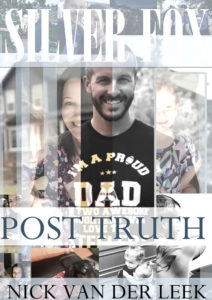
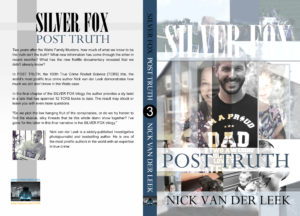


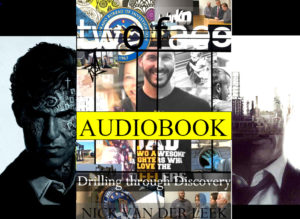
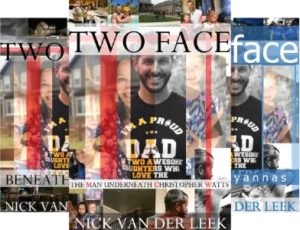

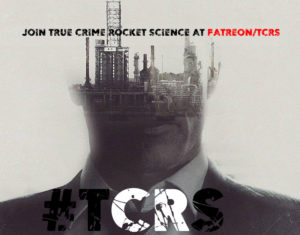

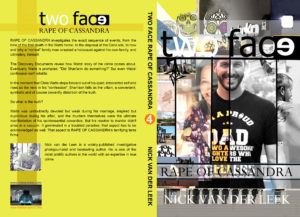
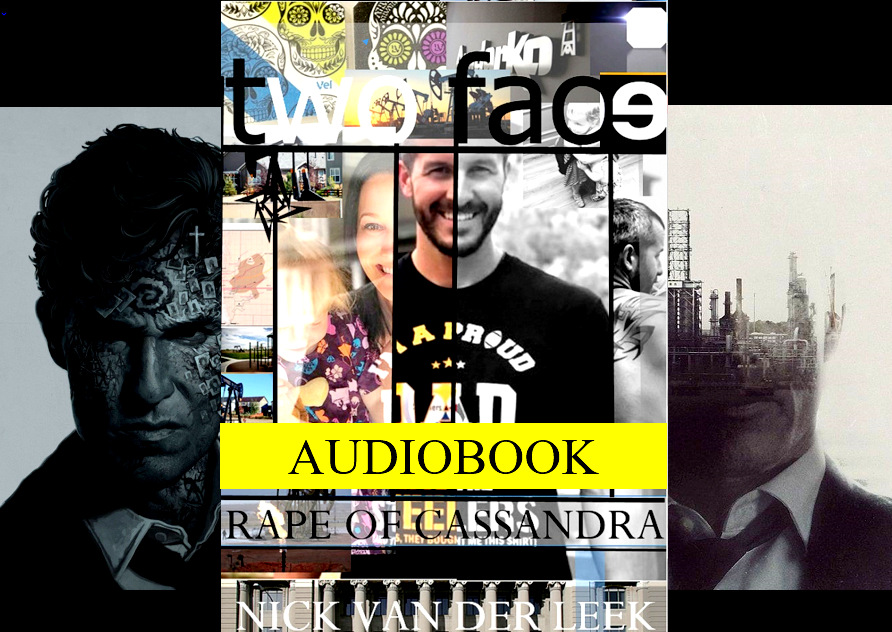
Recent Comments